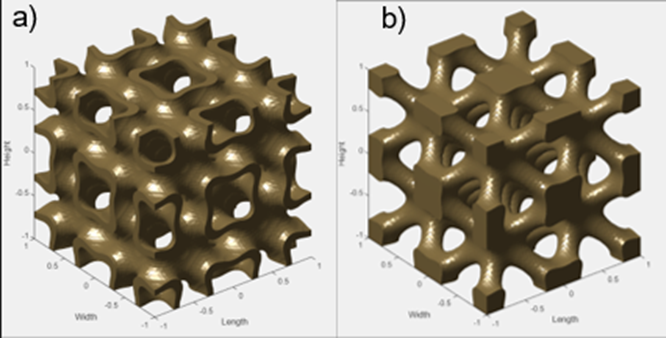
Aplicación de estructuras TPMS al diseño de prótesis de rodilla
Agustín Vidal Lesso
Título: Aplicación de estructuras TPMS al diseño de prótesis de rodilla
Fecha: 26-09-2023
Hora: 12 h – 13 h
Lugar: Sala de Juntas del Edificio Betancourt
Resumen: Las estructuras triplemente periódicas de mínima superficie (TPMS) han tenido diversas aplicaciones para transferencia de calor y absorción de energía, sin embargo, estas estructuras pueden ser usadas con materiales biocompatibles para tener características de absorción de energía aplicables al diseño biomimético de prótesis de rodilla.
Abstract
The world is becoming unprecedentedly connected thanks to emerging media and cloud-based technologies. The holy grail of metaverse requires recreating a remotely shared world as a digital twin of the physical planet. In this world, the human is probably the most complex mechanical, physical, and biological system. Unlike computers, it is remarkably challenging to model and engineer how humans perceive and react in a virtual environment. By leveraging computational advancements such as machine learning and biometric sensors, this talk will share some recent research on altering and optimizing the human visual and behavioral perception toward creating the ultimate metaverse.
Bio
Qi Sun is an assistant professor at New York University, Tandon School of Engineering (joint with Dept. of Computer Science and Engineering and Center for Urban Science and Progress). Before joining NYU, he was a research scientist at Adobe Research and a research intern at NVIDIA Research. He received his Ph.D. at Stony Brook University. His research interests lie in computer graphics, VR/AR, vision science, machine learning, and human-computer interaction. He is a recipient of the IEEE Virtual Reality Best Dissertation Award.